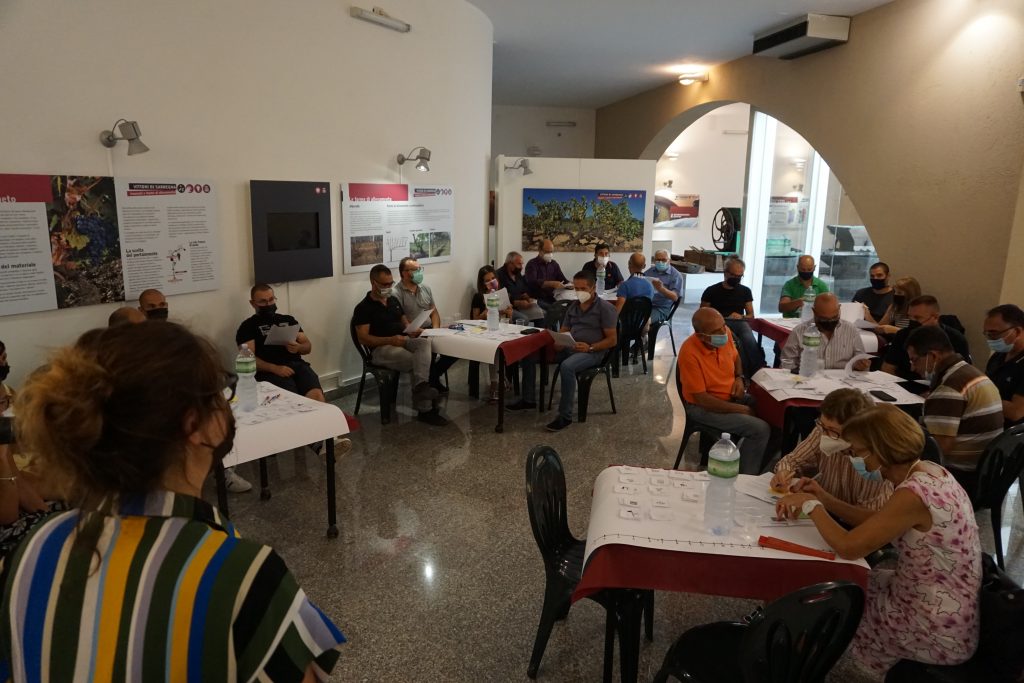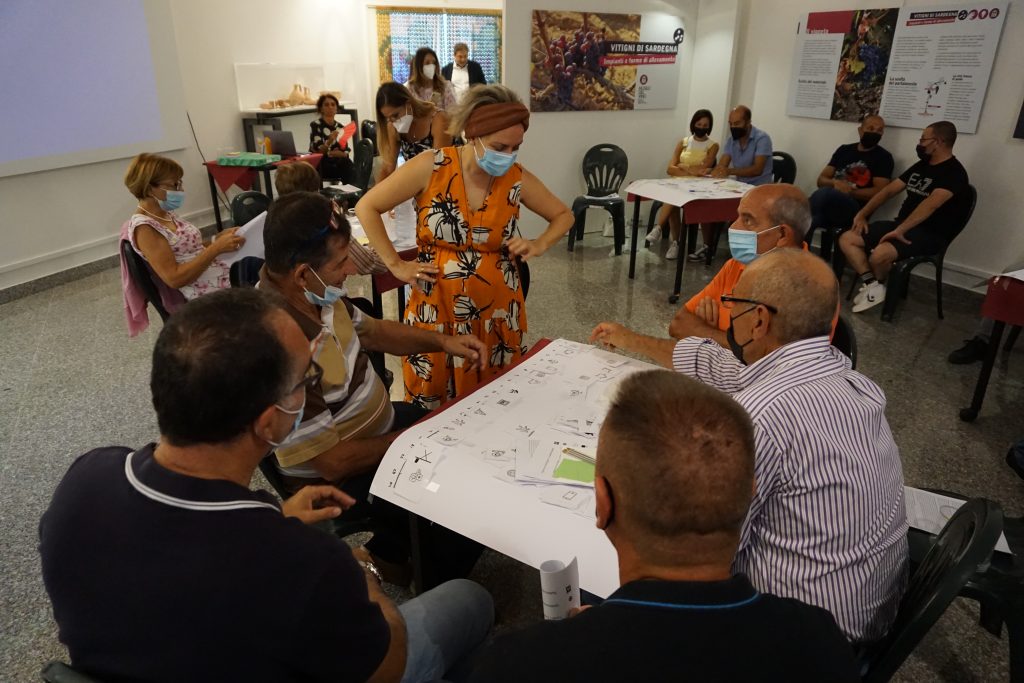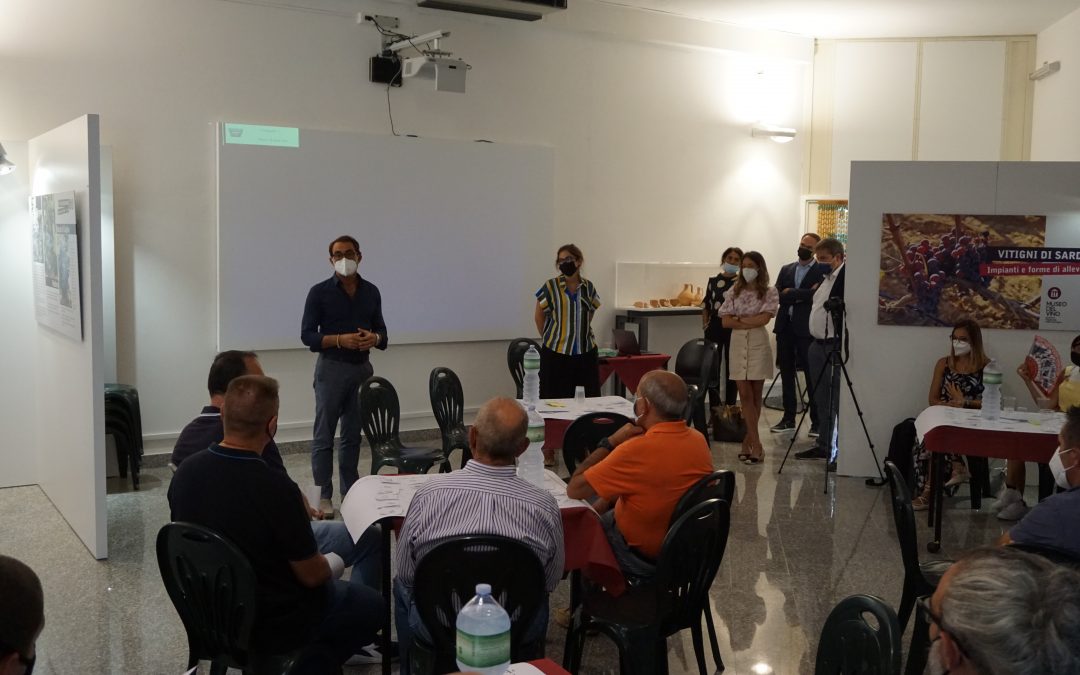Energy communities, which organise collective and citizen-driven energy actions, will have an exponential role in the shift to renewables. They provide a decentralised and citizen-driven contribution to the flexibility of the electricity system through demand-response and storage, paired with injecting energy sourced from small-scale renewables systems (for instance, solar panels) in the circuit. Moreover, they are also, to date, one of the few real use cases for blockchain beyond cryptocurrencies.
Under the umbrella of the Italian company GridAbility I am curating the launch of one of the three energy communities of the HESTIA project. HESTIA aims to develop a cost-effective solution for the next-generation demand-side response services by encouraging residential consumers to engage in flexibility sharing and grid balancing. The community I am curating is the Italian pilot, Berchidda, a small town in the North of Sardinia mostly known for giving birth to the jazz trumpet player Paolo Fresu (and his Time in Jazz annual festival) and a fantastic production of Vermentino wine. But Berchidda is also one of the few Italian municipalities that own their electricity grid. This is an asset for an energy community: energy is a common good from the very start. Moreover, it is an enormous opportunity to see the local public authorities having contractual power in conversations with energy providers.

In September, after months of video interactions and calls with citizens and the mayor, I finally had the chance to visit Berchidda with my colleagues at GridAbility and other project partners.
We didn’t want the workshop to be just an informative meeting with people: we wanted to know more about their expectations and knowledge of the topic. So we set up for gathering first their individual point of view on three questions:
– What is an energy community?
– What is the role of each household?
– Which means of communication would you prefer us to use with citizens?
This approach immediately made everybody’s opinion relevant and allowed us to grasp their knowledge, biases and preferences. Then we moved to enact a low-tech simulation of how demand-response works, split into groups: in this way, they could understand what an energy curve is and what it means to adapt behaviour. Finally, we demoed the Prosume app, which will visualise energy consumption and provide suggestions.

Now that we finalised the recruitment of households participating in the project, I feel that the most important lessons learnt so far are:
1) Local stakeholders are crucial: not just because of “epidemics and apocalypse management”, but because any community needs to be founded on trust. This is better nurtured from an insider than from an external helicopter organisation. In our case, the municipality and the personal engagement of the major were vital.
2) External organisations, on the other hand, validate the local interest in renewables and contextualise the activities in a broader national and international landscape. Moreover, they are more neutral than local stakeholders, which can generate trust (once they are properly introduced in the local picture).
3) Communications must be convincing and motivating: this requires enormous clarity and contextualisation. Citizens must understand what’s in for them (nudges and advantages), how participating fits with their everyday (behavioural adaptation, existing state incentives that they are receiving), and the longer-term sustainability goals.
4) Different digital and energy literacy levels are a challenge (and an opportunity): PV early adopters tend to have a more in-depth knowledge of how energy systems work compared to simple consumers; the role of digital devices in everyday changes across generations. This means that you can’t just drop information and tools and hope that it works: more knowledgeable people need to be valued, the less experts do not have to feel left behind. The whole communication and behavioural pushes system need a high degree of flexibility and explainability.
5) Energy is a perfect entry point for tackling gender inequalities: by questioning the roles within households, who does the housekeeping and who does the digital devices management, who handles caring burden and who is the breadwinner, energy communities can set in motion self-reflection and steer roles towards equality.
